Researchers have trained artificial intelligence to make jokes, but the advances are making many—and not just comedians—uncomfortable.


Researchers have trained artificial intelligence to make jokes, but the advances are making many—and not just comedians—uncomfortable.

A new study finds that installing solar farms could become a two birds, one stone situation, as these areas can also double as thriving pollinator habitats if land owners allow meadows to grow around the solar panels.
The study, from researchers at Lancaster University in the UK that will be presented today at an Ecology Across Borders conference, shows that installing solar farms could be greatly beneficial to nature.
“Our findings provide the first quantitative evidence that solar parks could be used as a conservation tool to support and boost pollinator populations. If they are managed in a way that provides resources, solar parks could become [a] valuable bumble bee habitat,” said Hollie Blaydes, associate lecturer and doctorate student at the university. “In the UK, pollinator habitat has been established on some solar parks, but there is currently little understanding of the effectiveness of these interventions. Our findings provide solar park owners and managers with evidence to suggest that providing floral and nesting resources for bumble bees could be effective.”
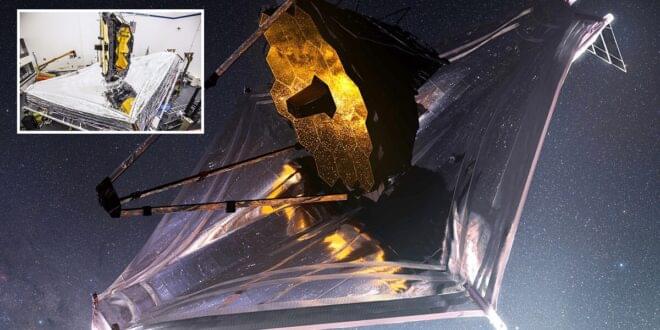
JWST’s sunshield is fully deployed! The sunshield’s deployment is what everyone involved in this mission was most nervous about, because you can’t predict exactly how fabric will move—especially not in zero-G.
This sunshield will always be between the telescope and the Sun/Earth/Moon. JWST will circle the Sun 1.5 million kilometers distant from (but almost in line with) the Earth, allowing it to be positioned in this manner.
By passively venting its heat into space, the sunshield will enable the telescope to drop to a temperature below 50 Kelvin (−370°F, or-223°C). Through a passive cooling system, the near-infrared instruments (NIRCam, NIRSpec, FGS/NIRISS) will operate at about 39 K (−389°F,-234°C). Using a helium refrigerator, or cryocooler system, the mid-infrared instrument (MIRI) will operate at a temperature of 7 K (−447°F,-266°C).
The sunshield not only creates a cool environment, but also one that is thermally stable. This is necessary to keep the primary mirror segments in appropriate alignment while the telescope rotates around the Sun.

Summary: Researchers have identified a novel biomarker for depression and antidepressant response. The biomarker can be identified and monitored through blood samples.
Source: University of Illinois.
Researchers are one step closer to developing a blood test that provides a simple biochemical hallmark for depression and reveals the efficacy of drug therapy in individual patients.
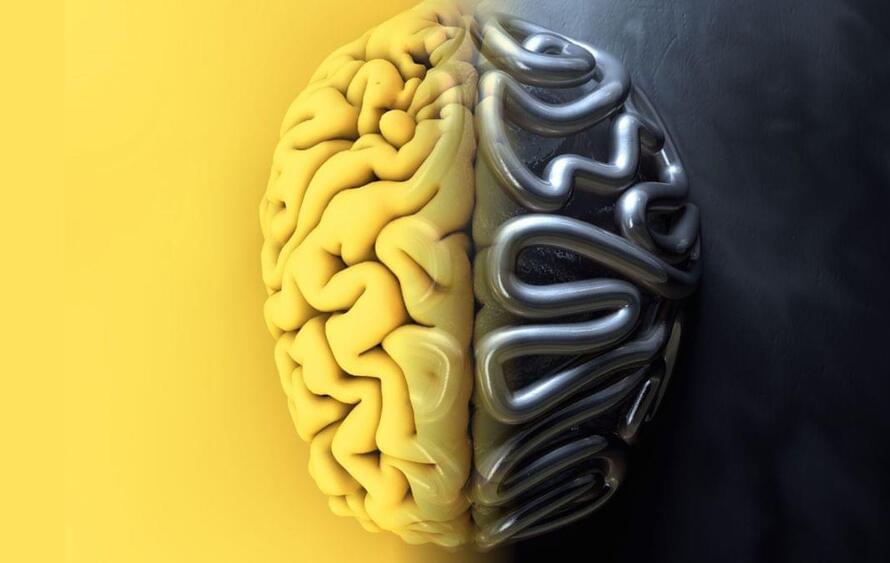
“Our consciousness is everything. You become what you think about.” Buddha.
In the few minutes that you are reading this article, I will tell you about a completely new type of artificial intelligence, I will name the design features and advantages, I will outline the immediate prospects and possible long-term consequences of the introduction of this technology into real life. Together we will touch the future.
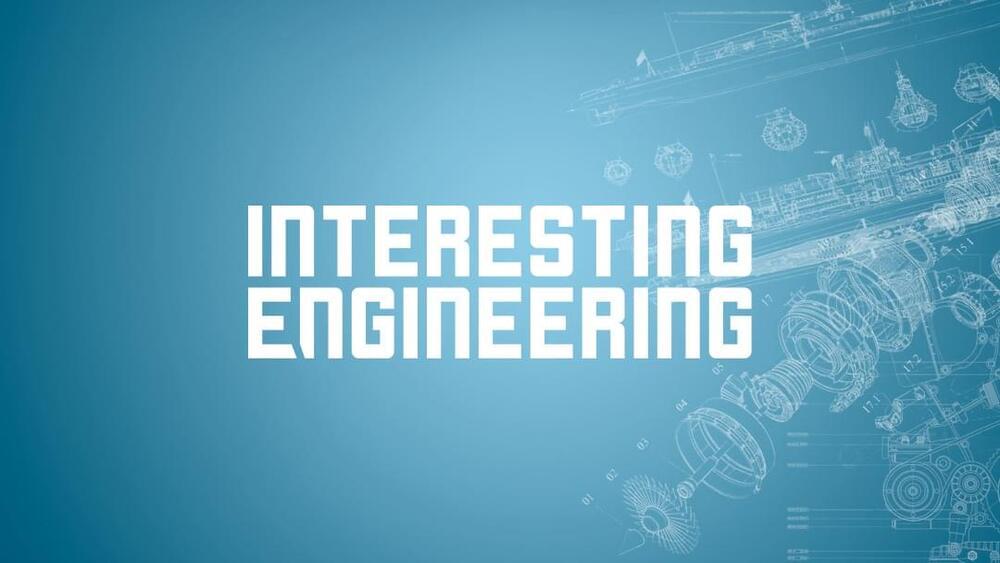
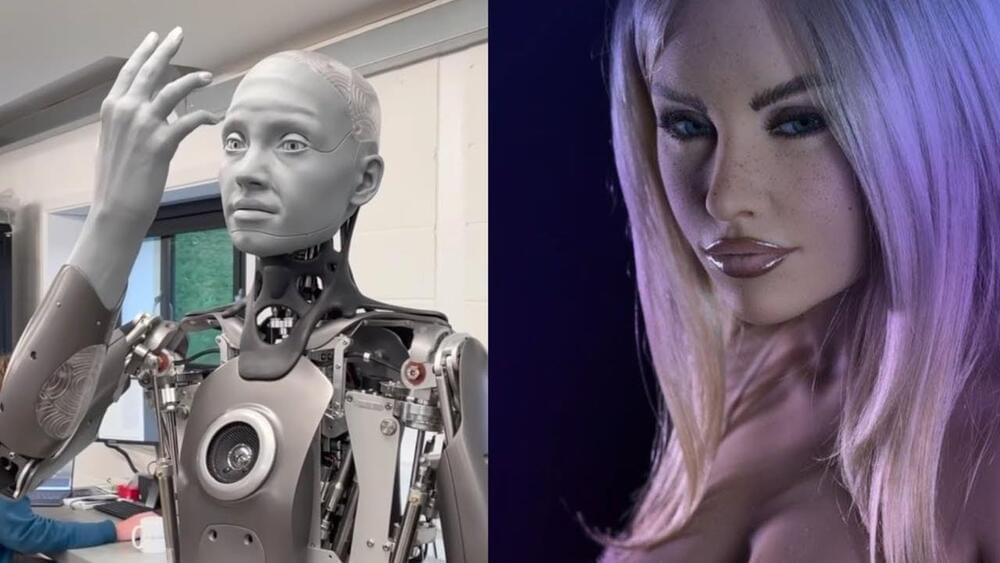
Ameca’s incredible skills are part of a huge leap for AI Robots. The robot from Engineered Arts is a taste of the future Boston Dynamics and Tesla. Elon Musk is building a real Matrix, almost like the matrix movie.
We’re new to youtube, so comments and subs are really helpful.
The charity mentioned at the end is Give Directly:
Ameca, the humanoid robot:
https://www.youtube.com/watch?v=IPukuYb9xWw.
Boston Dynamics dancing robots:
https://youtu.be/fn3KWM1kuAw.
AI solves a 55×55×55 Rubik’s Cube:

Today, technical decision-makers at companies, whether big or small, try to look for flexible ways to speed up application development and ensure long-term scalability for their engineering teams. Configuring solutions such as AWS requires a team of in-house experts, which is expensive and takes time to build. In fact, more than 77% of all tech companies run into DevOps challenges across the board, including cost, risks, security, optimization of the deployment pipeline, and scaling.
San Francisco-based Zeet, a platform that solves DevOps challenges and accelerates application deployment for startups, has raised $2 million in a seed round of funding led by venture capital firm Race Capital. The company plans to use the funding, which also saw participation from GGV Capital, Founders Inc, and multiple engineering leaders, to build out its teams across areas ranging from engineering to marketing and meet growing demand from customers.
Founded in 2020 by Johnny Dallas and Zihao Zhang, Zeet strives to tackle these bottlenecks through automation. The solution connects to a cloud account and automates traditionally manual DevOps tasks, allowing a team to quickly go from code to a scalable application.

The sleek ferry would utilize an electric propulsion system, allowing for quiet, emission-free travel.
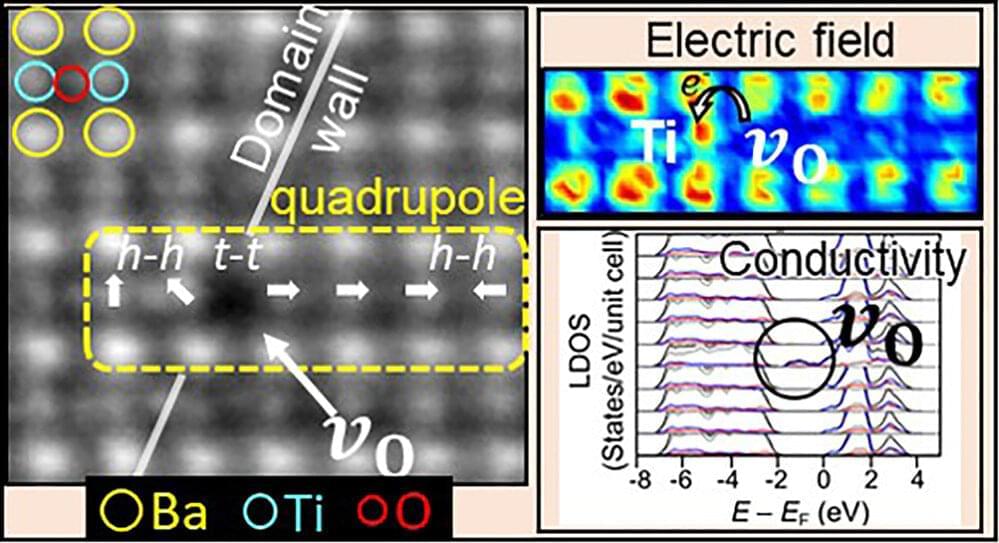
Researchers in the Technion Department of Materials Science and Engineering have succeeded in changing a material’s electrical properties by vacating an oxygen atom from the original structure. Possible applications include electronic-device miniaturization and radiation detection.
What do ultrasound imaging of a fetus, cellular mobile communication, micro motors, and low-energy-consumption computer memories have in common? All of these technologies are based on ferroelectric materials, which are characterized by a strong correlation between their atomic structure and the electrical and mechanical properties.
Technion–Israel Institute of Technology researchers have succeeded in changing the properties of ferroelectric materials by vacating a single oxygen atom from the original structure. The breakthrough could pave the way for the development of new technologies. The research was headed by Assistant Professor Yachin Ivry of the Department of Materials Science and Engineering, accompanied by postdoctoral researcher Dr. Hemaprabha Elangovan and Ph.D. student Maya Barzilay, and was published in ACS Nano. It is noted that engineering an individual oxygen vacancy poses a considerable challenge due to the light weight of oxygen atoms.